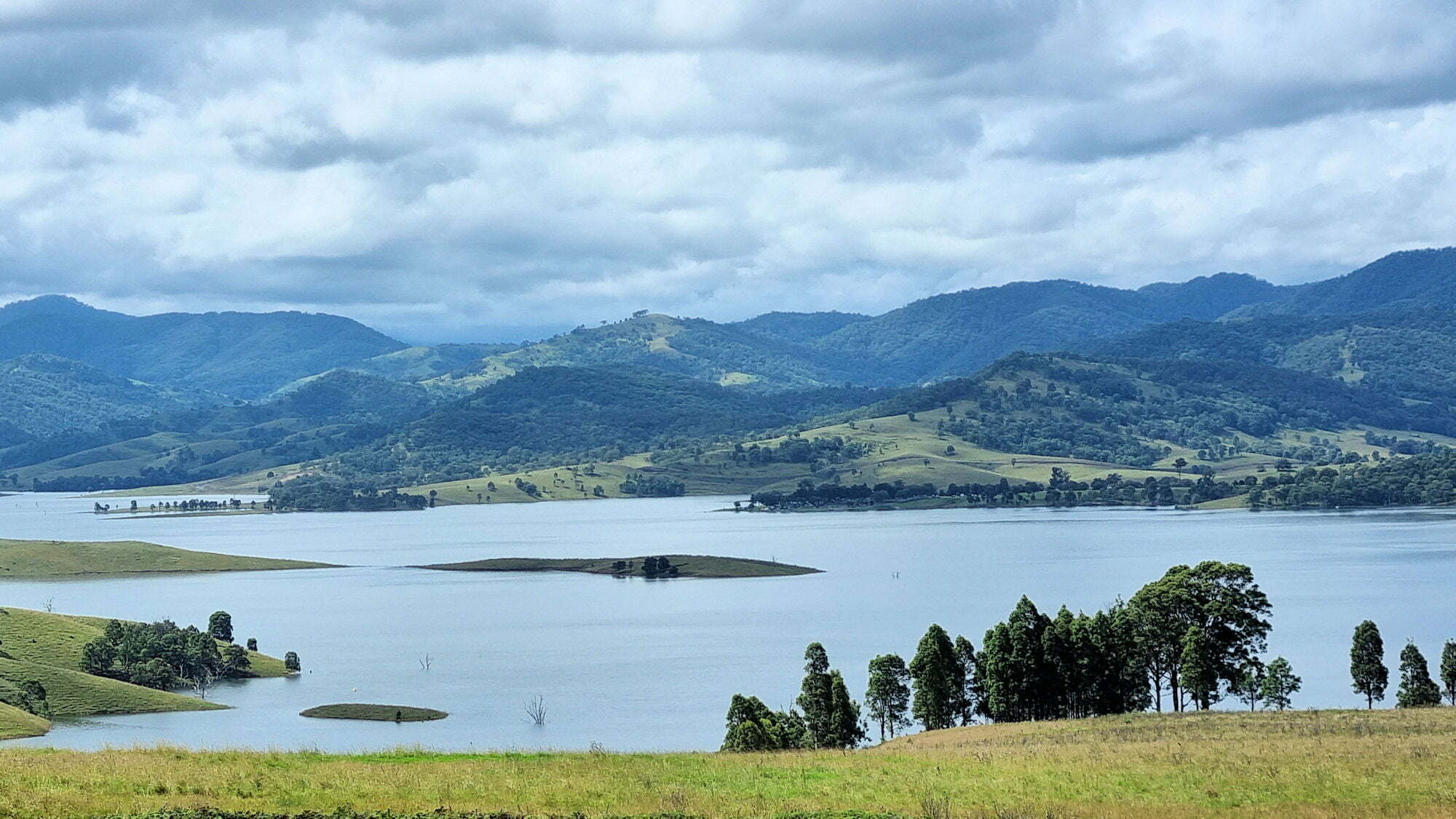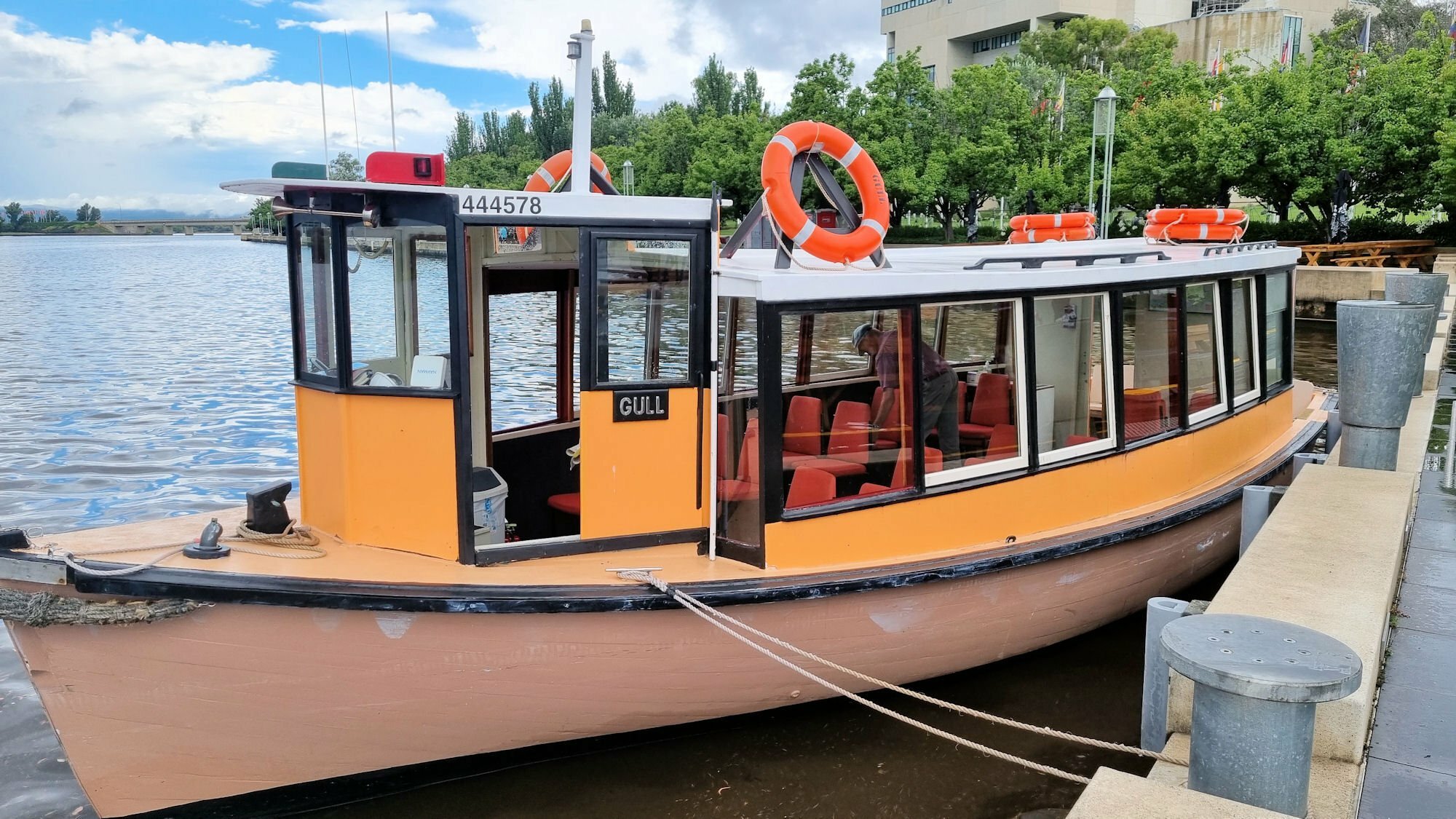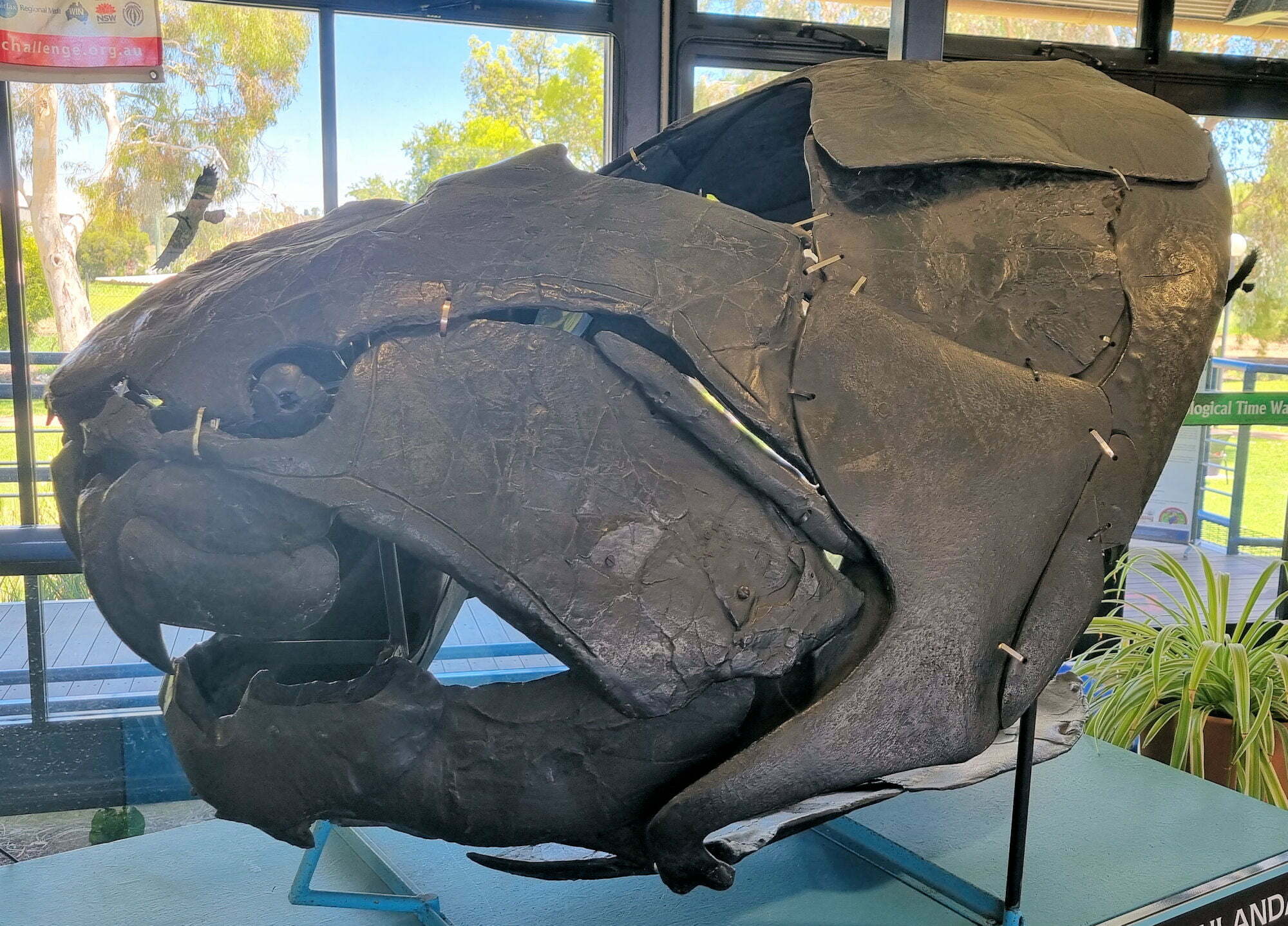Tag: travel
-
Glennies Creek Dam Singleton

Glennies Creek Dam Singleton Recent rain in March 2022 has caused floods along the east coast of Australia, actually the whole summer of 2021/22 has been wet. The resulting damage has been extensive to many communities. Of course, this has followed on from drought, bushfires and low dam levels in previous years. The local Glennies… Read more
-
Lake Burley Griffin Cruise

Lake Burley Griffin Cruise This is a great, relaxing way to see the sights of Canberra while you cruise around Lake Burley Griffin. We parked in the Questacon carpark, only a short walk from the jetty on Queen Elizabeth Terrace where we boarded the “Gull”. Conveniently located near a coffee shop, you can get a… Read more
-
Age of Fishes Museum

Age of Fishes Museum Canowindra Driving north from Canberra, our trip took us through the small New South Wales town of Canowindra. Interestingly, the town has a museum dedicated to the Age of Fishes. Fossils were first found in 1955 when roadworks uncovered a slab of rock with interesting impressions. This was later brought to… Read more